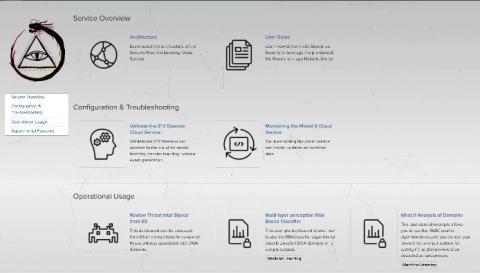SIEM Alerts Best Practices
Security Information and Event Management (SIEM) tools play a vital role in helping your organization in discovering threats and analyzing security incidents. Logsign’s internal team continuously makes correlation rules and alerts so that your team’s workload is minimized. In our previous posts, we discussed generating important reports and deriving maximum possible benefits from use cases. In this article, we will be discussing SIEM alerts best practices.










